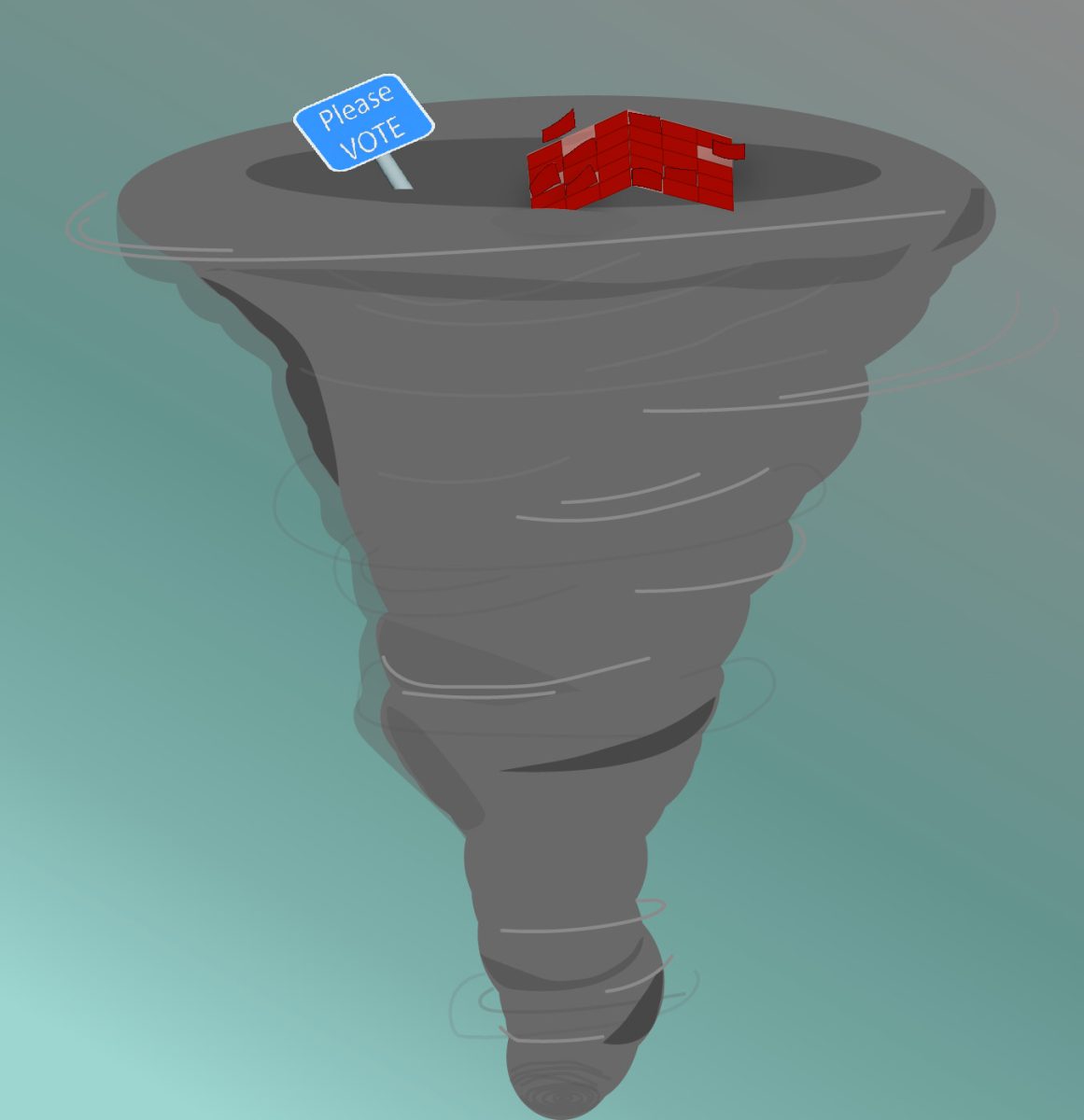

In January, UTSA will receive a $2 million microscope so powerful that it can zoom down to view a single atom. It is one of two microscopes of its kind in the world. The other is in Japan.
“It has the power to see 0.8 angstrom,” says Alvaro Mayoral, a researcher who works in the Advanced Microscopy and Nanotechnology Lab (AMNL). One angstrom is about equal to 0.1 nanometers.
To demonstrate the power of the new microscope, Mayoral uses a paper clip as an example. With the current microscopes, the researchers can see a string of atoms together, much like a whole paper clip. When the paper clip is cut into pieces, it’s harder to see each individual piece. The new microscope will let the researchers see those individual pieces.
Older microscopes can only see 2-D images; however, the JEM-ARM200F, or the “Arm” as David Olmos, facilities manager in the AMNL, calls it, can see images in three dimensions, making it easier to pinpoint where problems lie in samples.
“We are proud of this new microscope because it’ll put UTSA on the map,” says Dr. Miguel Yacaman, chair of the Department of Physics and Astronomy. “None of the other universities in the Texas system have one like it.”
The microscope is a gift from the Kleberg Foundation, which is responsible for helping advance cancer research. In 2008, the foundation also helped UTSA purchase two atomic force microscopes and one scanning microscope. The “Arm,” however, will be more helpful in the work that the researchers are doing in the lab.
The microscope will assist with research on the use of zinc oxide to make solar panels cheaper. Currently, solar panels are made of Silicone. “Silicone is too expensive,” says Leonard Deepak Francis, a researcher in the Nanotechnology lab.
The “Arm” will also be used in other scientific research projects. “The new microscope can help in the attacking and treatment of terminal cancer, targeting drug delivery and even in cosmetic technology,” Yacaman said.
The new microscope will be available to a variety of users. “All the different departments will use it, even students who sign up for it,” Yacaman said.
Olmos is excited about the new microscope. “It’s like going from a Volkswagen, to a Ford, to a Cadillac, to a Maserati!”





